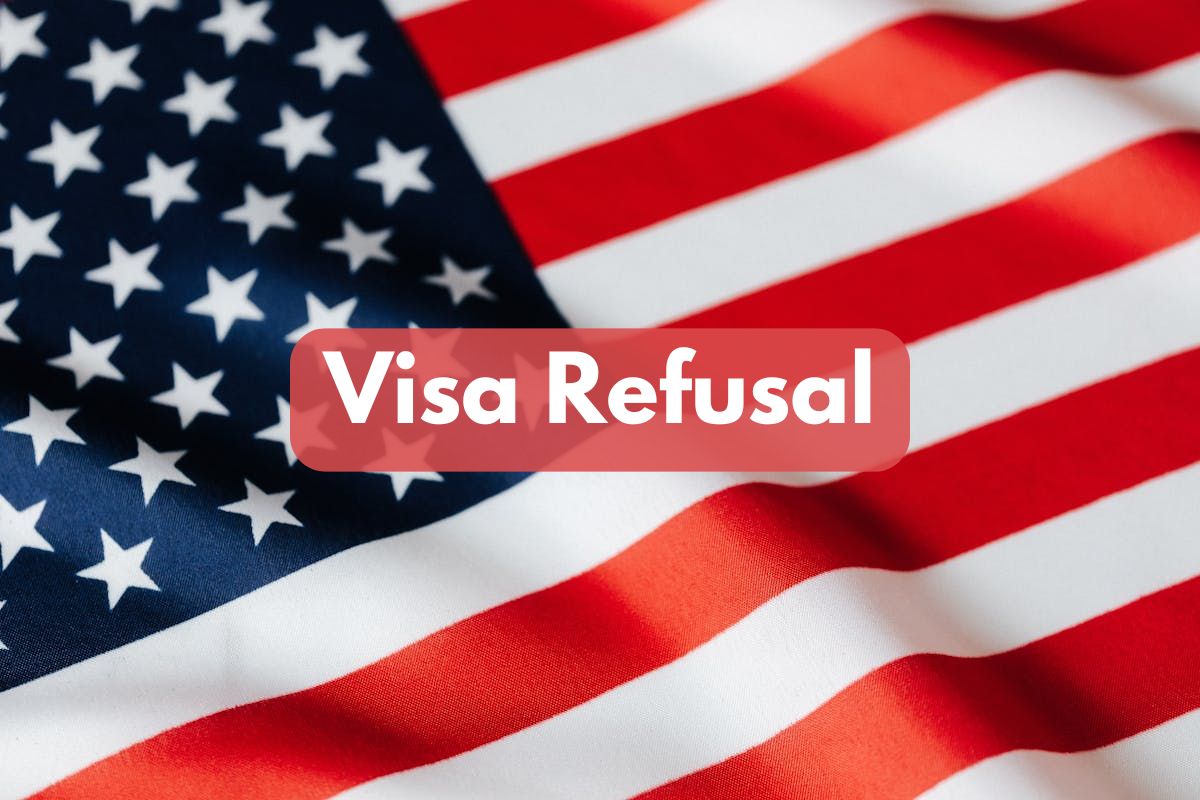If you’ve ever walked out of a US visa interview holding a refusal letter and no clear idea of what just happened, you’re not alone. Many US visa applicants feel the same and leave the embassy confused and anxious.
To clear things up, the US Embassy in India recently explained the difference between two of the most common visa refusal codes: 221(g) and 214(b). They may look similar on paper, but they mean very different things.
What a 214(b) Refusal Really Means
If you’re told your visa is refused under Section 214(b), that means your application is officially denied. This usually happens when the visa officer isn’t convinced that:
- You plan to return home after your trip
- You have strong enough ties to your home country (like a job, family, or property)
- Your reason for visiting the US is clear and believable
You can’t fix this by sending more documents later. If you want to try again, you’ll need to:
- Fill out a new visa application
- Pay the visa fee again
- Schedule another interview
So, a 214(b) refusal is a dead-end for that particular application.
What a 221(g) Refusal Means Instead
Now, if your visa is refused under Section 221(g), don’t panic. It just means your application is on hold, not denied. This usually happens when:
- You forgot to bring some important documents
- Your case needs extra administrative checks
The immigration officer will give you a letter explaining what’s missing. If you submit the requested documents in time or wait out the review process, you could still get the visa.
But here’s the catch: if nothing happens within one year, the case is closed, and you’ll need to start over.
So, think of 221(g) as a pause, not a clear denial.
Why Knowing the Difference Matters
Understanding these two codes can save you a lot of worry and help you plan your next steps.
- 221(g): Fixable. You may just need more paperwork or time.
- 214(b): Final. You’ll have to reapply and go through the full process again.
The US Embassy recently posted on X to clear up this confusion:
“If you’ve already had your interview and got a refusal notice, don’t panic. Understanding what it means is the first step.”
It’s #VisaFriday, and today we’re breaking down something that confuses a lot of visa applicants: the difference between a 221(g) and a 214(b) refusal. If you’ve already had your interview and got a refusal notice, don’t panic — understanding what it means is the first step.… pic.twitter.com/Sz4rSyyamj
— U.S. Embassy India (@USAndIndia) August 22, 2025
Tips to Avoid Common Refusals
Here’s what the embassy recommends:
- Be honest and clear about why you’re visiting the US
- Bring strong proof of ties to your home country (job, family, etc.)
- Come prepared with all required documents to avoid delays
Final Thoughts
Getting a visa refusal can feel discouraging, but not all refusals mean the same thing. A 221(g) might just mean a delay. A 214(b) means you’ll need to try again from scratch.
So next time, if you get a refusal letter, take a moment to read what it says. The code matters more than you think.
Follow and connect with us on Facebook, Twitter, LinkedIn, Instagram and Google News for the latest travel news and updates!
